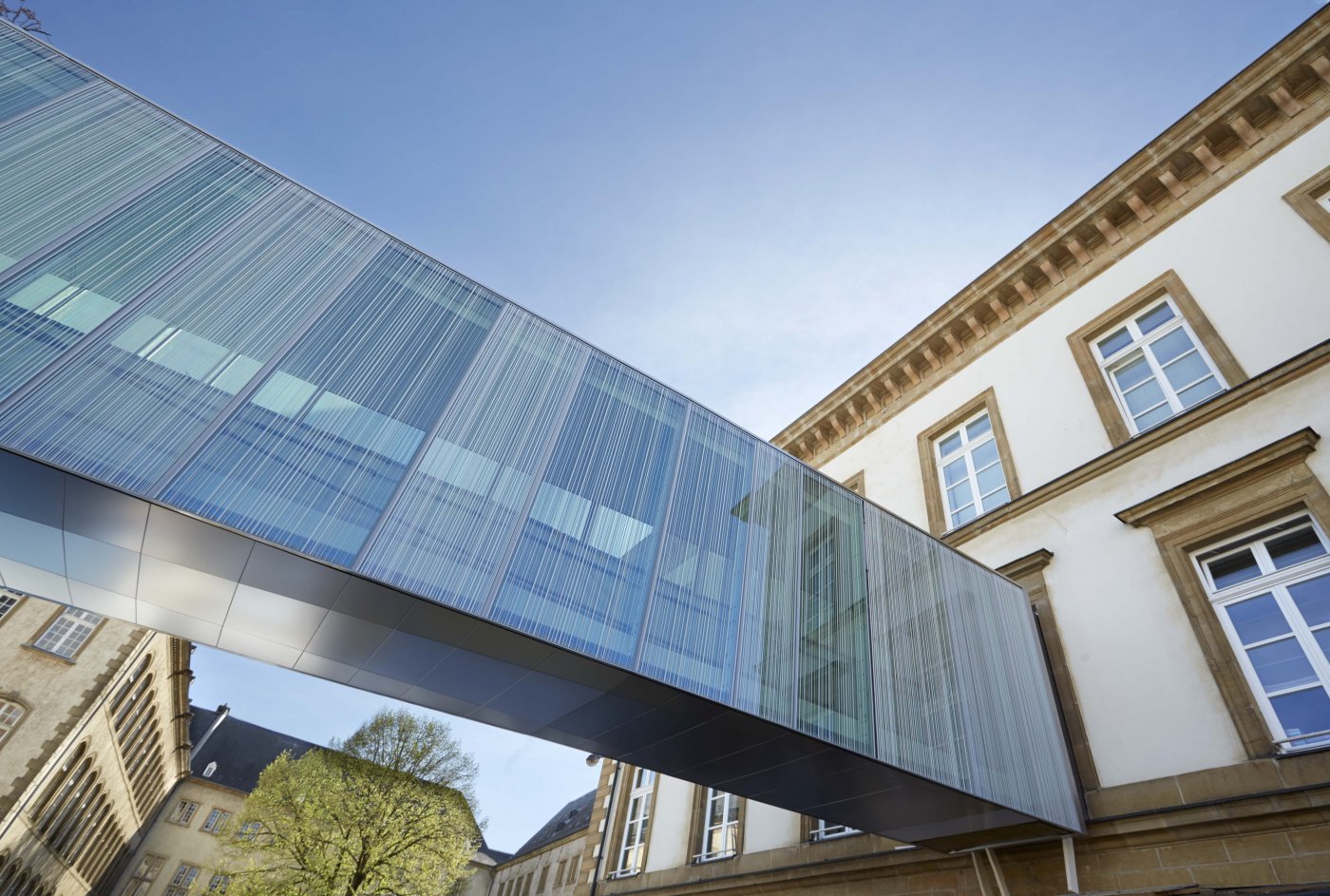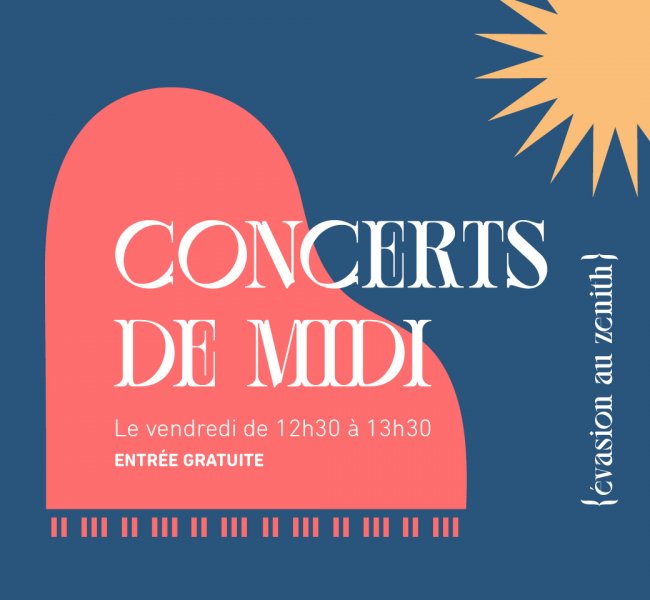Summary record
Video
Social housing
Question from Guy Foetz
Currently, the demand for housing in Luxembourg City is extremely high. It goes without saying that this demand is far from being met, given the exorbitant prices seen on the housing market. However, access to housing is a human right, like access to a quality education, for example.
We would like to stress the importance of having a diverse population in Luxembourg City in the interest of social cohesion. A city in which people from all social and economic backgrounds coexist and interact is a city that fosters social cohesion. Conversely, a city whose various districts become more socially homogeneous is a segregated, and socially imbalanced, city.
However, given the housing crisis, our city is growing ever more segregated.
To counteract this trend, déi Lénk believe that the City needs to provide more social housing. With this in mind, I would like to ask the following questions:
- How many social housing units does the City currently have?
- What is the breakdown of this social housing by type (for families, single-parent households, individuals, people with special needs)?
- How long is the current waiting list for social housing, and what is the average wait time?
- How have these statistics changed over the last five years?
- What assistance does the City offer social housing applicants while they wait?
- Does the City of Luxembourg have an inventory of empty houses/buildings?
- Finally, I would like the most recent statistics from the Service Logement (Housing Department), like the ones it published in 2014.
Response from Maurice Bauer
Alderman Bauer stressed that the problem of high property prices is not unique to Luxembourg City.
The City's rental stock currently consists of 620 social housing units: 587 are studios, apartments and single-family houses, and 33 are furnished rooms. The breakdown by type for these units is as follows:
- 33 furnished rooms,
- 24 studios
- and 563 apartments,
- of which 227 have one bedroom,
- 160 have two bedrooms,
- 102 have three bedrooms,
- 51 have four bedrooms,
- 19 have five bedrooms
- and 4 have six bedrooms.
In addition, the number of applications for social housing has been rising steadily, from 344 in 2015 to 619 in 2019, such that the waiting list has grown from 342 to 554.
The housing units are allocated on the basis of strict criteria: urgency, financial position and family composition.
It should be noted that housing is one of the major priorities in the college of aldermen's mission statement: the college of aldermen has earmarked large sums of money for housing, and the City directs social housing applicants whom it cannot currently serve to the Housing Fund (Fonds pour le développement du logement et de l'habitat), the Société nationale des habitations à bon marché (SNHBM) and associations such as the Social Housing Agency (Agence Immobilière Sociale – AIS), Wunnengshëllef and Inter-Actions ("Helping Hand" project); applicants who need financial aid are referred to the Office social (Social Welfare Office).
Finally, only 15 housing units out of more than 700 are currently vacant, because they are being renovated or because there are plans to use them for specific projects.
Neighbours' Day
Question from François Benoy
Neighbours' Day, which is held every year around 25 May, is an important way to promote local life and, consequently, foster social cohesion. Between 20 and 40 such events are held every year in Luxembourg City.
When I put a question about Neighbours' Day to the college of aldermen on 25 May 2018, I suggested stepping up communication in the city's various neighbourhoods (posters, etc.) and on social media, and expanding the free provision of benches and tables, which is currently limited to one weekend.
In her response to the municipal council of 11 June 2018, the alderwoman responsible for social affairs said that the possible changes or adjustments for 2019 would not be examined until after the 2018 Neighbours' Day.
As such, I would like to put the following questions to the college of aldermen:
- How many residents took advantage of the City's offer to organise a Neighbours' Day in 2019? Is there any data about the districts in which they live?
- What changes were made between the 2018 and 2019 Neighbours' Days in terms of communication and the offer to residents?
- What changes are planned for next year in order to get more residents to participate?
Response from Maurice Bauer
Alderman Bauer responded that the official date of the 2019 Neighbours' Day was 7 June, but that the City had decided to extend the free provision of equipment (benches, tables, bins) over the entire weekend of 7–10 June. Organisers also had the option of having a road closed to traffic. The City also offered its support to organise a Neighbours' Day until 15 July, but the Service Circulation (Traffic Department) and Service Hygiène (Sanitation Department) would charge a fee, and benches and tables would not be provided due to the increased workload for the relevant municipal departments during the summer months. In addition, paraphernalia (T-shirts, etc.) was made available to all the organisers.
A total of 32 events were held: 26 during the official weekend, one on 3 June, four on the weekend of 15–16 June, and one on the weekend of 22–23 June 2019. There were also "unofficial" events about which the City was not informed.
Communication was stepped up, especially through advertising on social media, in addition to a press release and postings in the reiders of each district.
Finally, for 2020, the City plans to further increase its social media presence and potentially advertise on Luxembourg City buses.
"Vous êtes ici" indicator on network maps displayed at bus stops
Question from François Benoy
I have already requested several times that the "Vous êtes ici" (You are here) indicator be added to the network maps displayed at bus stops in order to help passengers get their bearings. This would help them quickly determine where they are and then more easily plan their trip.
Even though the alderman responsible for transport supported my proposal, specifically during the municipal council meeting of 22 October 2018, it appears that no further action has yet been taken.
Therefore, I would like to put the following questions to the college of aldermen:
- Has the relevant department started adding this indicator to the network maps displayed in the bus shelters? If so, when did it start? If not, when will it make these changes?
- When will all network maps at bus stops have the "Vous êtes ici" indicator?
Response from Patrick Goldschmidt
Alderman Goldschmidt responded that there are plans to again add the "Vous êtes ici" indicator to maps of the bus network (the first stickers with this indicator were placed on the network maps in March 2017 and included on the December 2017 version). However, these stickers have not been placed on the current version (September 2018) because of the frequent updates made to the map. The stickers will again be placed on the maps as soon as the next version (November 2019) is displayed in the bus shelters.
Data regarding the length of stay in the City's paid car parks and the occupancy rate of the Glacis car park
Question from Carlo Back
There are 26 municipal car parks within the boundaries of Luxembourg City, providing a total of 9,743 spaces. These car parks are open 24 hours a day.
The City of Luxembourg has also installed a parking guidance system for 19 of these car parks to help motorists find spaces more easily. The system gives motorists real-time information on the number of available spaces in each car park. This information is posted on display signs along public roads and in a smartphone app.
With this in mind, I would like to ask the following questions:
- Could you give me the data on the occupancy rate of the Glacis paid car park?
- What is the average length of stay for all municipal paid car parks (except kerbside parking)?
Response from Patrick Goldschmidt
Alderman Goldschmidt stated that an electronic counter system will be installed at the Glacis car park in spring 2020. We already know that the occupancy rate is 72.5% during the week (Monday to Friday between 8:00 and 18:00, with a peak of more than 90% around 11:00). It is harder to find parking at the Glacis in November and December, when the Advent circus is set up there.
Alderman Goldschmidt will forward the suggestion to include information on the average parking duration of the different car parks in the annual report to the Service Parking (Parking Department). It should be noted that the City does not have the requisite data for all the car parks in the city, because not all of them are managed by the municipal administration. The average stay, from Monday to Friday, is around three hours for the Ville-Haute car parks, between two and a half and six hours for those in the Gare district, and between four and eight hours for those on the outskirts of the city.
The average occupancy rate (Monday to Friday between 9:00 and 16:00) ranges from 26% to 94% for the Ville-Haute car parks, from 51% to 81% for those in the Gare district, and from 7% to 83% for those on the outskirts of the city; the least busy car parks are the Royal Hamilius car park with a 26% occupancy rate and the Place de l'Europe car park with a 7% occupancy rate.
Drugs and other residue in wastewater
Question from Linda Gaasch
The National Health Laboratory (Laboratoire national de santé – LNS) and the Luxembourg Institute of Science and Technology (LIST) collaborated on a study analysing wastewater to estimate and monitor the consumption of certain drugs. The results of these analyses were published on 18 October 2019. They are indicative of the quantity consumed within the population connected to a wastewater network – in this case, the Pétange wastewater treatment plant. With this in mind, I would like to put the following questions to the college of aldermen:
- Does the college of aldermen plan to have similar analyses conducted, and if so, by when?
- Could such an analysis also include different chemical substances present in the water, such as pharmaceutical products, the most common metabolites and agricultural residue? Are there plans to conduct a study on the impact of these substances on aquatic life?
- Generally speaking, is this type of analysis of Luxembourg City's water quality publicly available? If not, where exactly can this data be found?
Response from Simone Beissel
Alderwoman Beissel stated that Luxembourg City's Service Canalisation (Sewer Department) has contacted the different parties involved in the study analysing the wastewater in Pétange.
Analyses relating to Luxembourg City will be conducted in spring 2020, because samples must be taken during a dry period. In addition, studies on diffuse pollution are under way as part of the expansion of the Beggen water treatment plant (which is expected to increase in capacity from 210,000 to 450,000 population equivalent) and the implementation of a fourth wastewater treatment phase. The results will be used for a screening conducted in conjunction with the Water Management Agency (Administration de la Gestion de l'Eau). This study will be used to identify the various micropollutants present and will weigh the impact of these substances on aquatic life to help design the fourth treatment phase.
Finally, the Service Canalisation manages the database of the daily tests done at the Beggen plant. Though this data is not public, it can be found in the department's annual activity report.
Repurposing of the Old Slaughterhouse in Hollerich
Question from Christa Brömmel
In late September, the general public was invited to visit the site of the Old Slaughterhouse in Hollerich. At this event, they were encouraged to offer suggestions for the future of this site. Throughout the day, a number of interesting ideas were written on the boards. People interested in receiving information about the next step in this process were able to leave their contact information. Consequently, I would like to ask the college of aldermen the following questions:
- Has the City assessed the outcome of the open day, and more specifically, the ideas and thoughts submitted by the visitors?
- What conclusions have been drawn, and how is the City of Luxembourg going to take them into account in its plan to develop the site?
- What will be the concrete follow-up to this event, and do you plan to share the findings from the residents' ideas?
- When do you plan to share the follow-up to these ideas?
- To what extent will you take the ideas gathered into account?
- To what extent and by when do you plan to put these ideas into action?
- Does the City anticipate opening the process up to involve people or organisations that are active at national level, in addition to City residents?
Response from Lydie Polfer
The Mayor and Chair responded that 350–400 people visited the Schluechthaus site during the open day and that more than 260 suggestions and ideas were gathered. 65 people signed up for the mailing list to receive updates on the project.
Among the ideas submitted were:
- recreational activities (cultural exchange, support for creativity, facilities for new sports, cultural centre and artists' workshops),
- intergenerational activities (meeting place for young people and senior citizens),
- commercial proposals (flea market, weekly or ongoing market, swap meet),
- a refreshments area,
- classifying the site as a historic monument
- and creating green spaces.
She stressed that the City intends to preserve the oldest parts of the slaughterhouse and that the next steps will be coordinated first by a working group made up of representatives of Luxembourg City's municipal departments, and then by an internal project manager. In addition, a consultancy firm will conduct a detailed analysis of the results collected and draw up the conceptual strategy for the specifications that will serve as the basis for an architecture competition that could be launched around late 2020. A public event will be held in spring 2020 to report on the results of the civic engagement and give people an opportunity to share their thoughts on the next step in the process proposed by the City. The City is also open to any suggestions from people or organisations that are active at national level.














